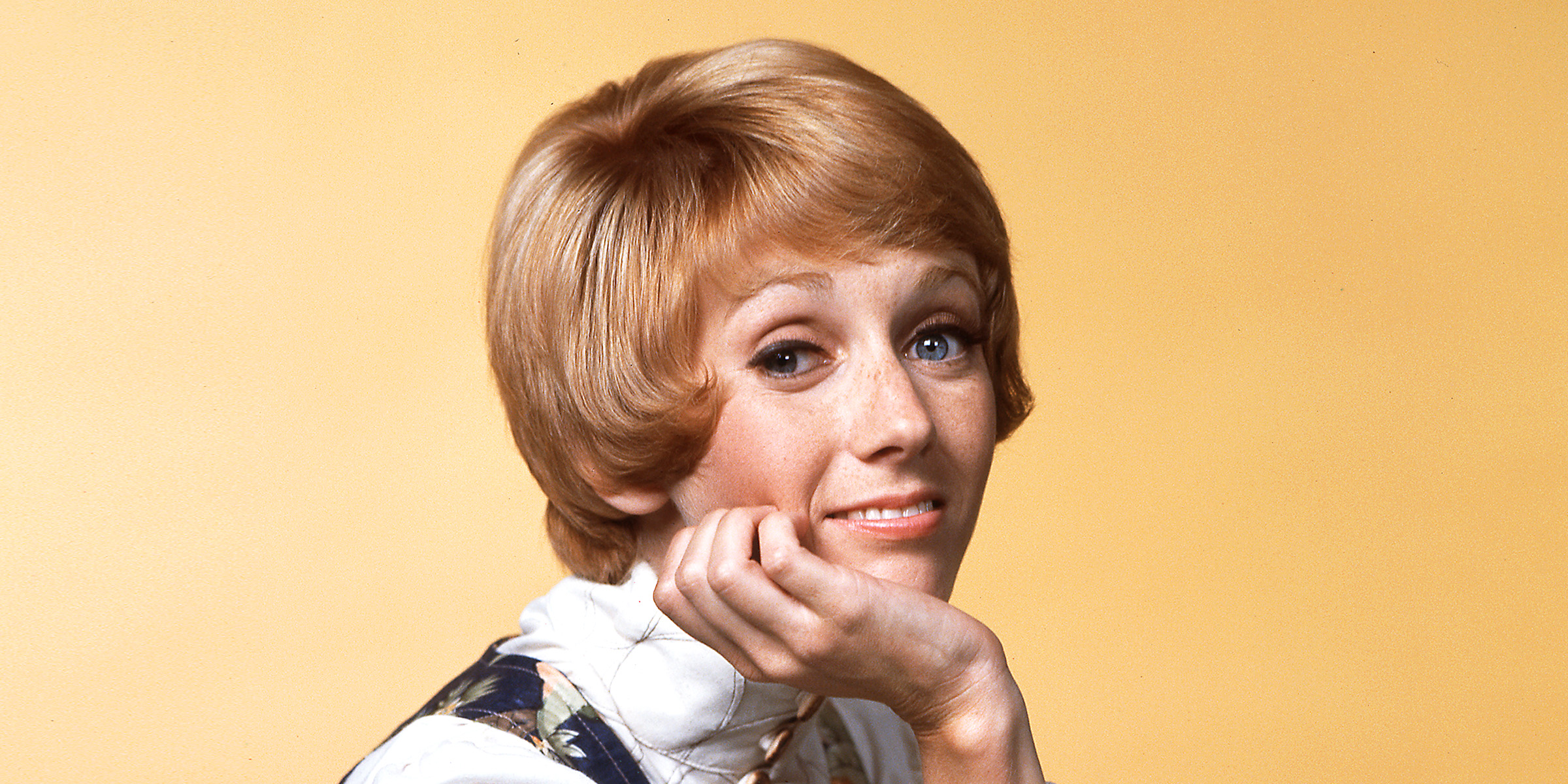
'70s TV Queen, Known by Everyone, Underwent Brain Surgery and Lost Sight in One Eye – What Happened to Her?
A strong performer from the start, she never had trouble finding work, whether onstage or in front of the camera. In her mid-twenties, she landed a breakout TV role that earned her major recognition. But before the first season was even complete, a sudden health crisis slowed down her momentum.
She was one of the most recognizable stars on television in the 1970s, beloved for her expressive face, bright energy, and natural comedic charm. Just as her star was rising, she began experiencing unexplained symptoms that forced her off set and into emergency surgery.
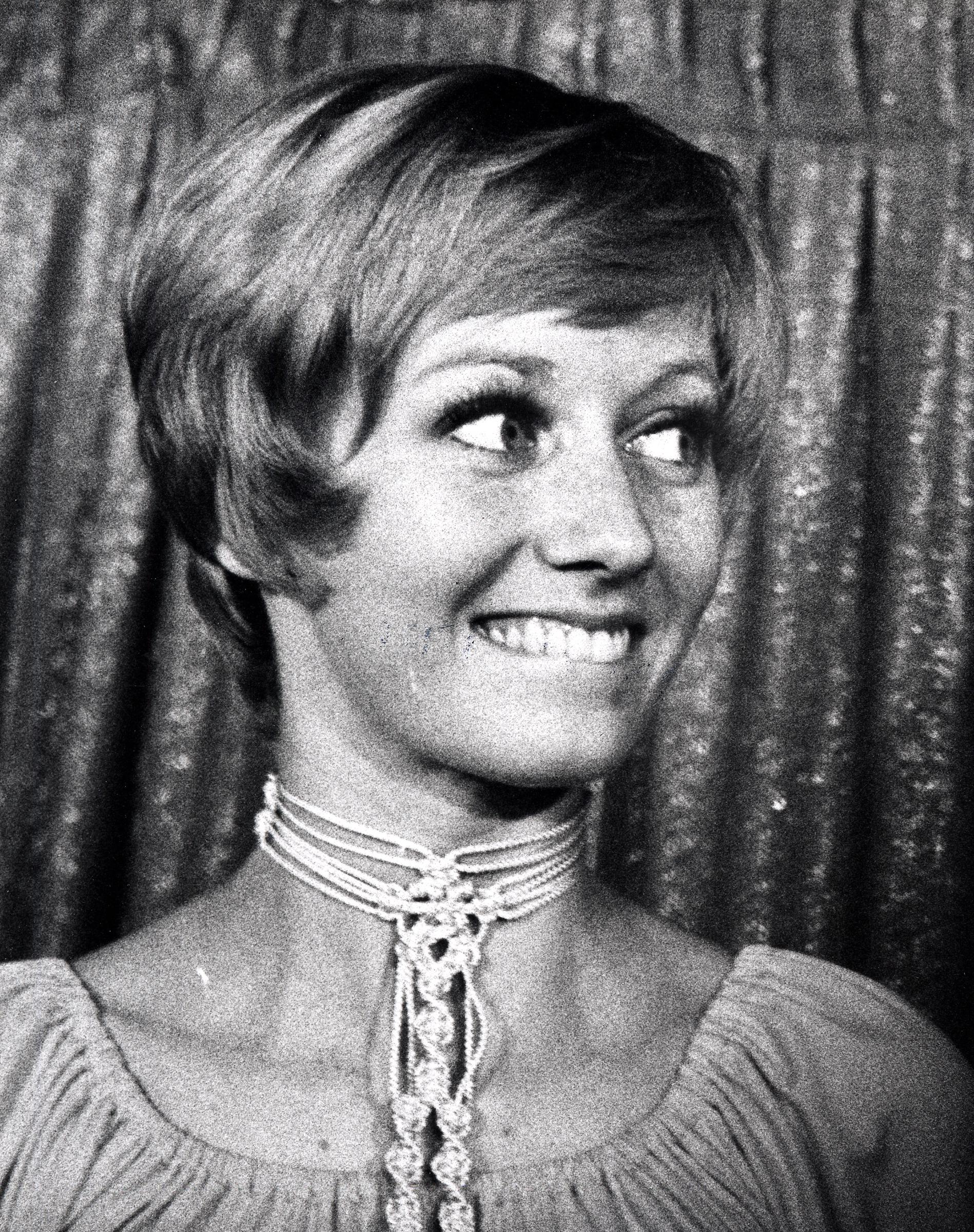
The actress is pictured during the 23rd Annual Primetime Emmy Awards on May 9, 1971, in Hollywood, California | Source: Getty Images
The procedure left her permanently blind in one eye and brought her television career to a sudden halt. The experience marked a turning point in her life — physically, emotionally, and professionally — and she has since spoken candidly about its lasting effects.
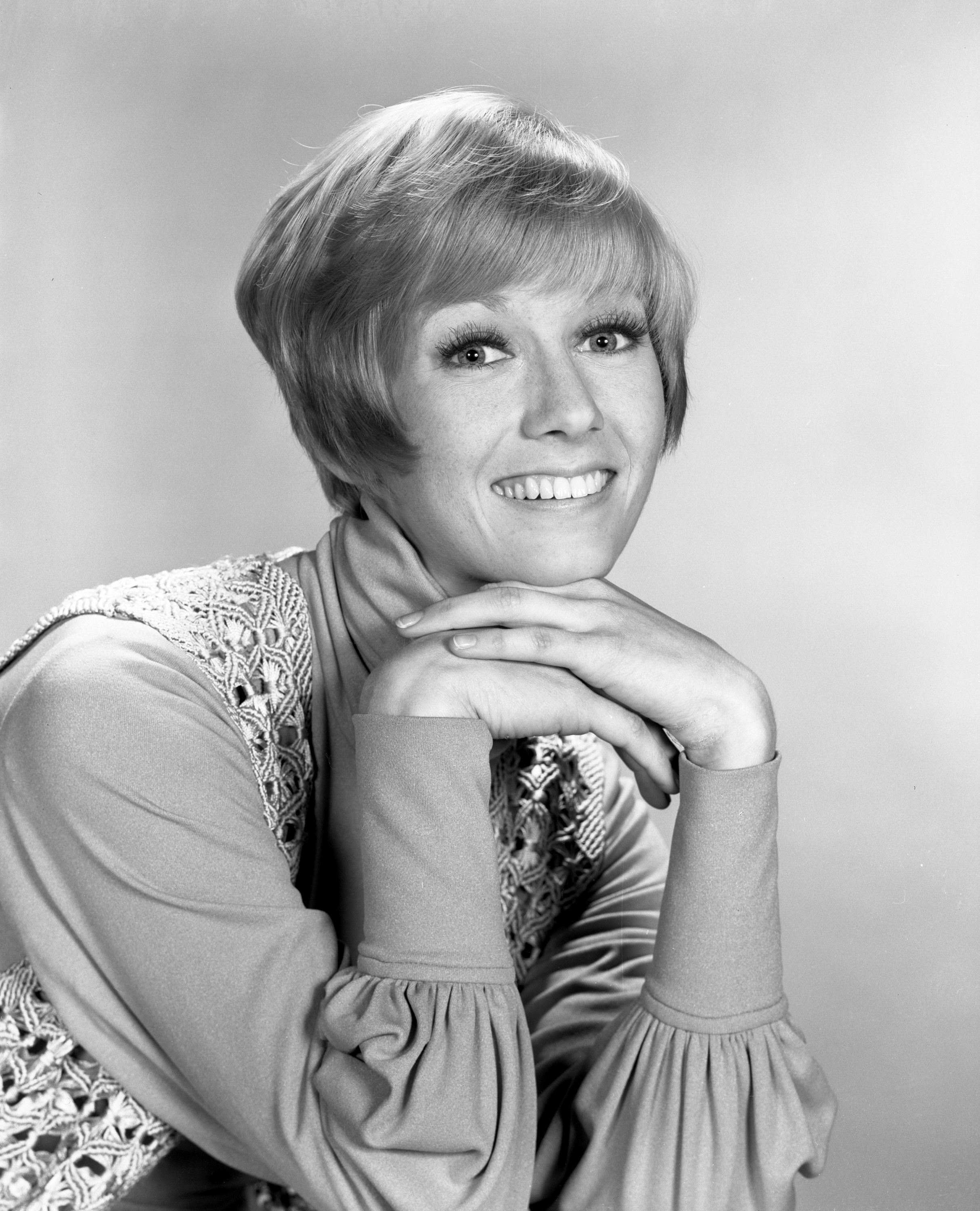
The actress pictured on May 1, 1971 | Source: Getty Images
Early Ambitions and a Breakout Role
Born in Texas on February 20, 1946, she showed a flair for performance from an early age. At 19, she moved to New York City and settled into a women's boarding house called the Rehearsal Club, paying $32 a week. "I started getting work right away, which is lucky," she recalled, "because it's not always the case."
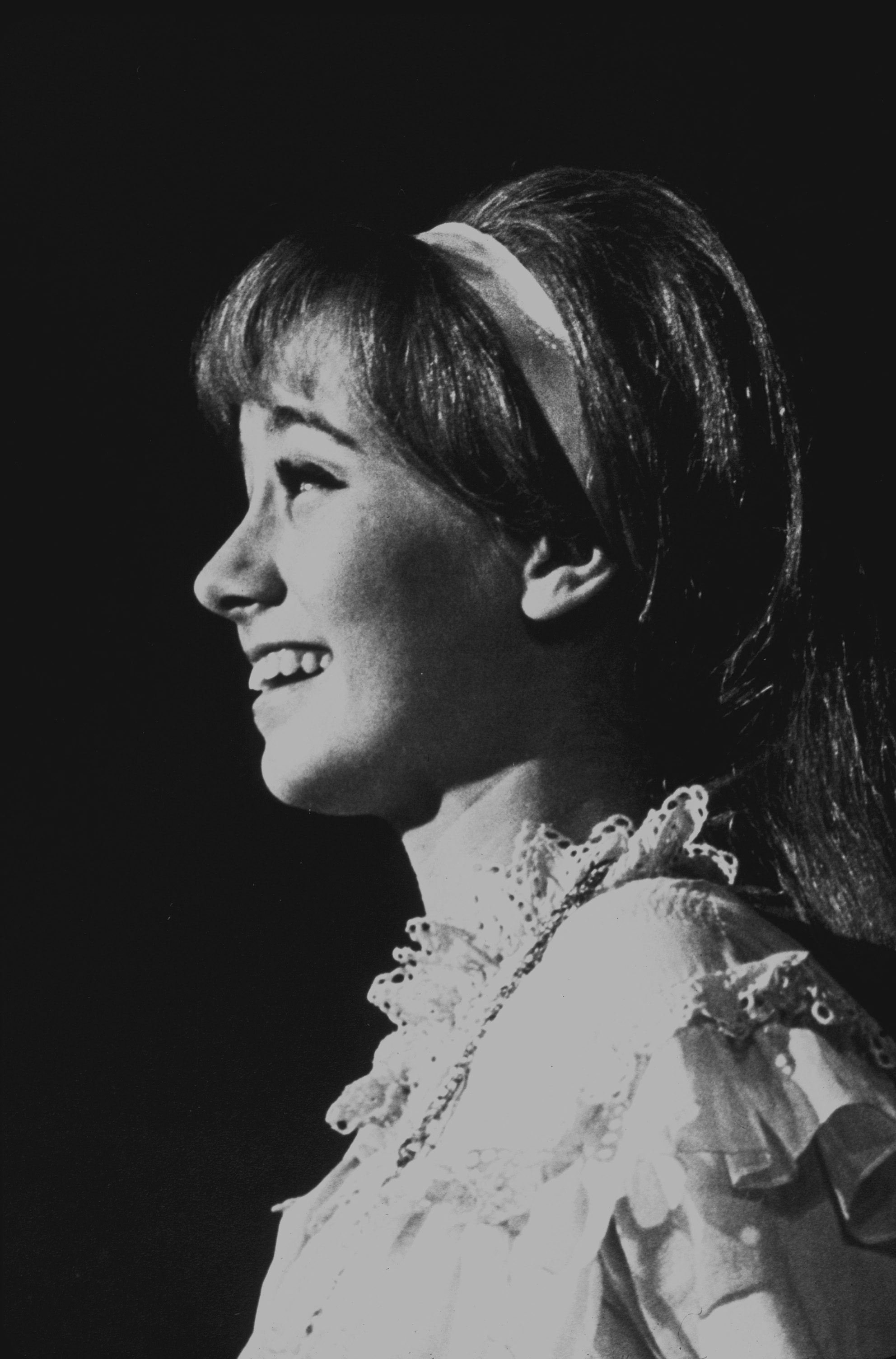
The actress pictured as Wendy in a stock production of Peter Pan in 1966 | Source: Getty Images
She found quick success in commercials, including a standout campaign for United California Bank that captured attention with her quirky sense of humor. That early visibility opened the door to stage work, and by her 20s, she was earning Tony nominations on Broadway.
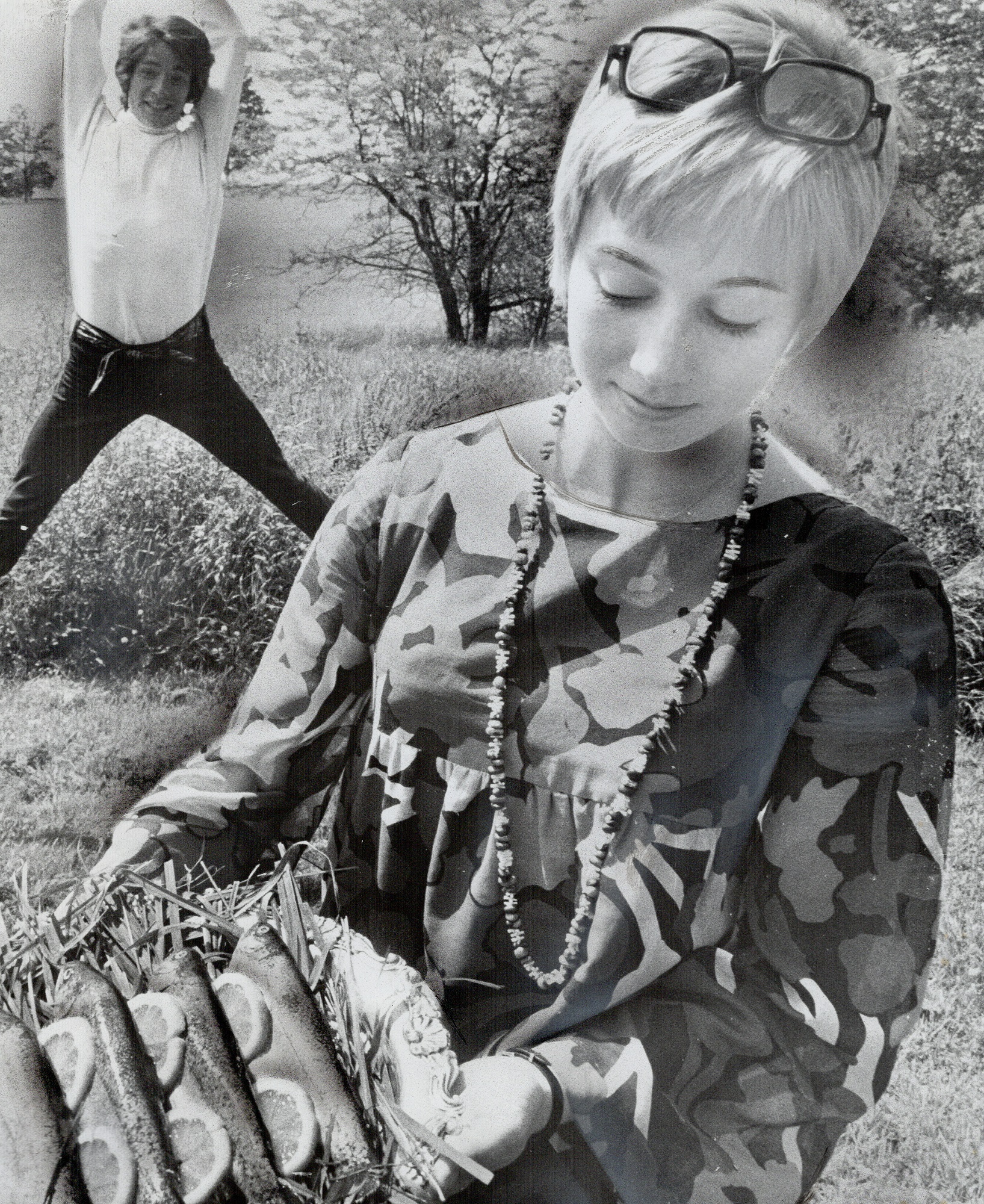
The actress photographed in 1968, in Canada | Source: Getty Images
In 1971, her big break came on television when CBS cast her as the lead in the sitcom "Funny Face." She played Sandy Stockton, a small-town girl navigating a new life as a TV commercial actress. The show was well-received, and she earned an Emmy nomination for the role. But just three months before wrapping its first season, things changed.
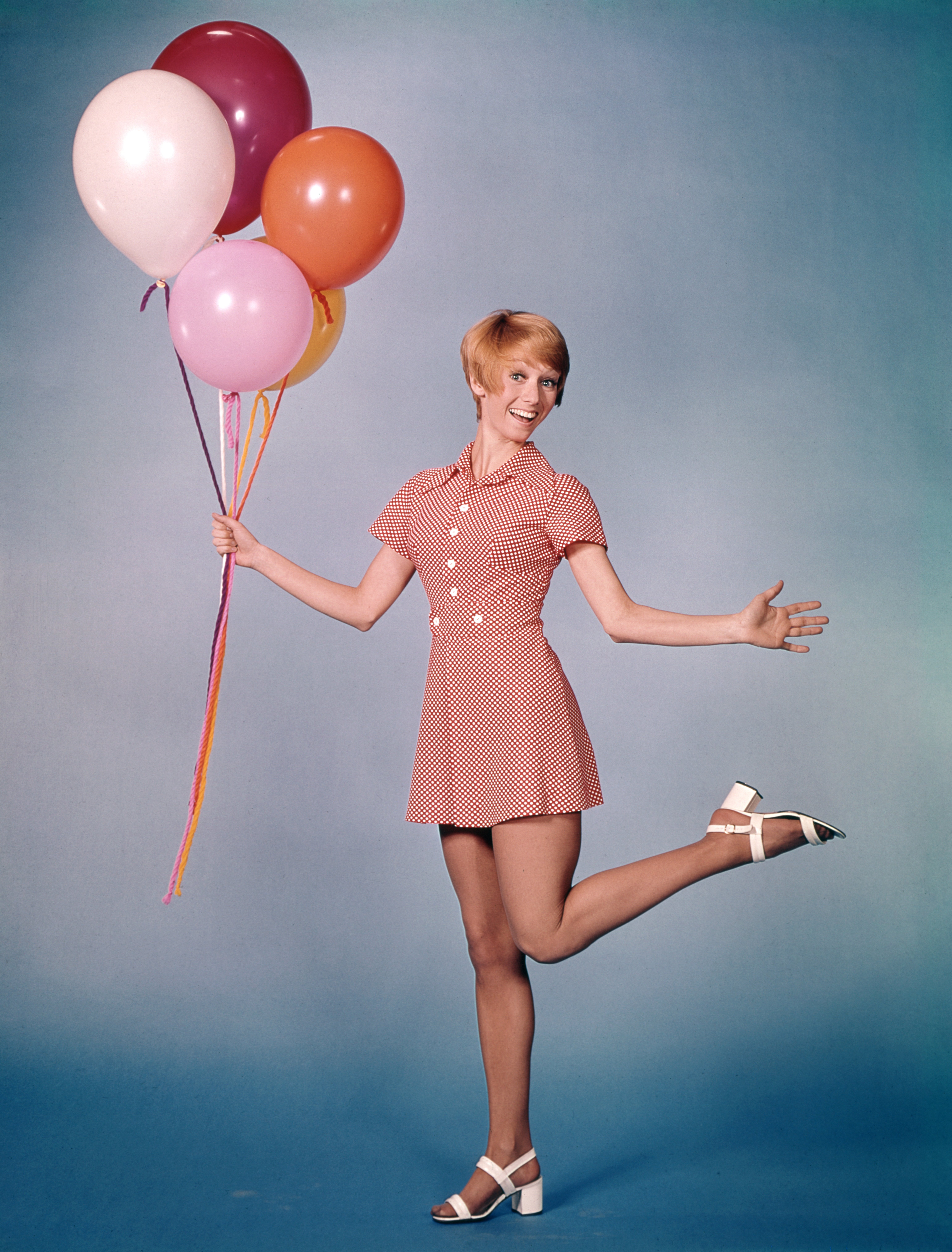
The actress in "Funny Face," in 1971 | Source: Getty Images
The Symptoms No One Took Seriously
She was just 24, and still filming the first season of "Funny Face," when she began experiencing disturbing symptoms. "I would get these hideous headaches that I could barely function," she recounted. Her vision also started to blur in one eye, as if she were looking through "Vaseline."
Despite her concerns, doctors initially dismissed the symptoms as stress or nerves. One even suggested she just needed rest. But she knew her body, and insisted something more serious was going on. At the time, advanced imaging tools like CAT scans or MRIs didn't yet exist.
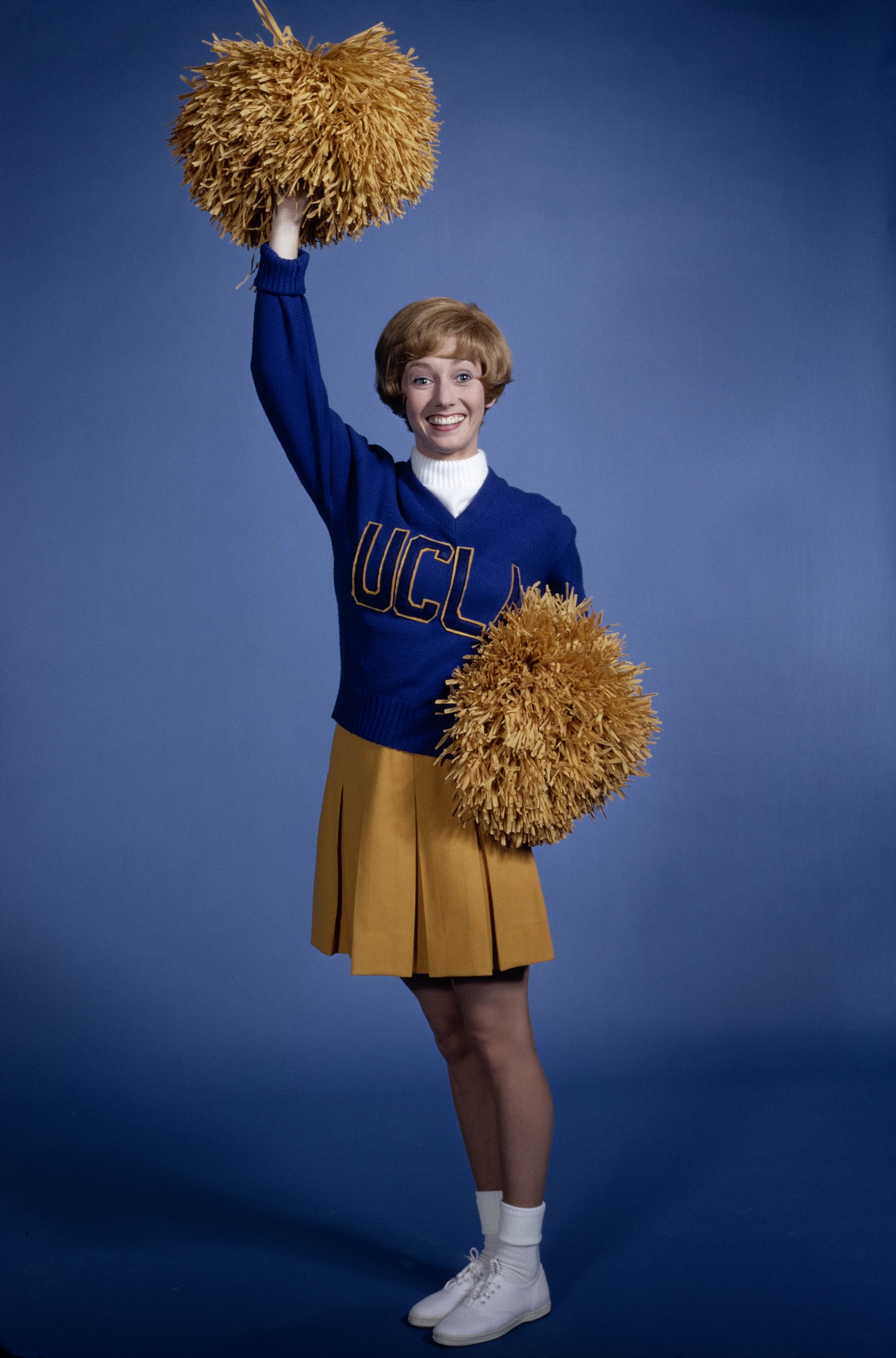
The actress photographed in 1971 | Source: Getty Images
Left with no clear answers, she kept searching for a diagnosis, all while her condition grew worse. The studio halted production after just 13 episodes, and behind the scenes, she prepared for exploratory brain surgery.

The actress photographed in "Funny Face" in 1971 | Source: Getty Images
A Life-Changing Operation
In November 1971, the "Funny Face" star underwent a ten-hour surgery at UCLA Medical Center. Surgeons discovered a large mass pressing against the optic nerve behind her left eye. With no scans to rely on, the full extent wasn't known until they operated.
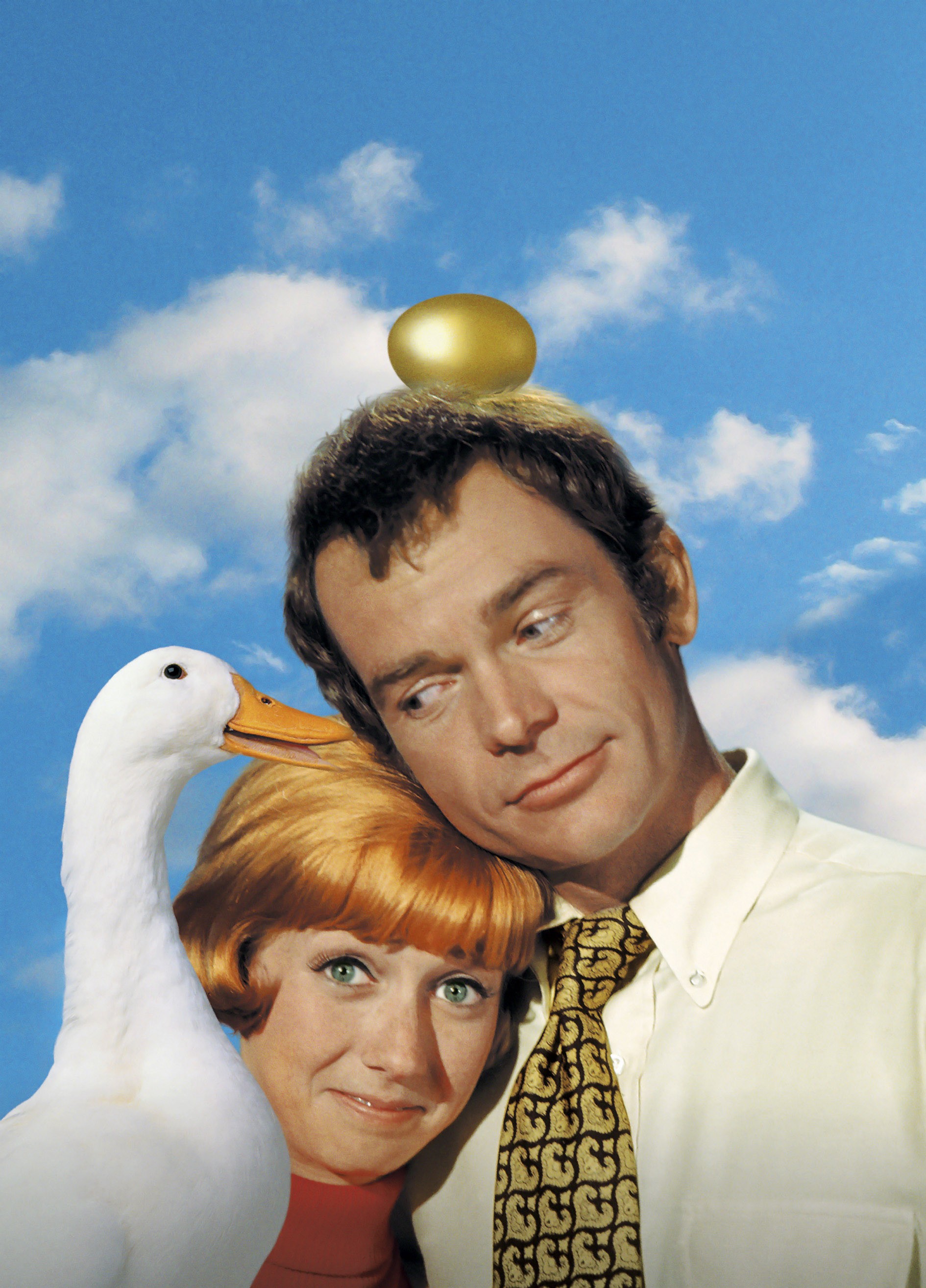
The actress pictured with Dean Jones in "The Million Dollar Duck" poster in 1971 | Source: Getty Images
"They sawed the top of my head off," she explained. "I have holes and scars all over the place. And then they stapled it back on." During the procedure, the optic nerve had to be severed, resulting in permanent blindness in that eye.
To cover the surgical scars, she wore a wig for nearly a year. Despite long-standing rumors, her damaged eye was never replaced with a glass eye. "Everyone thinks that I lost my eye," she clarified. "And I go, 'No, I'm sorry, I didn't. It's not a prosthetic.'"
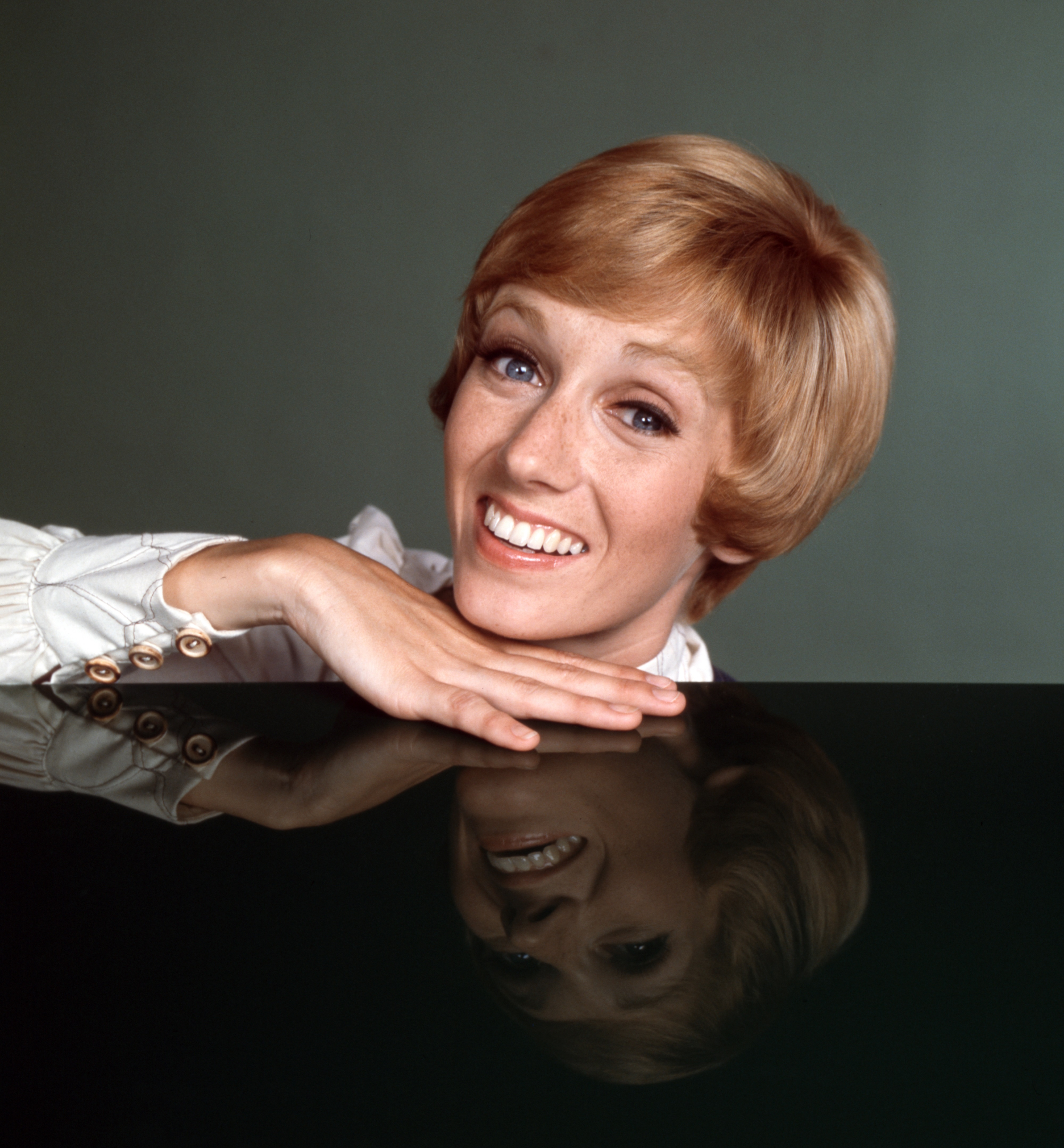
The actress photographed in 1972 | Source: Getty Images
The lasting effects weren't just visual. The actress also lost depth perception, which made everyday tasks more difficult. "Just picking up this glass, even yet... I have to really concentrate," she said. The physical toll left her fatigued and more aware of her vulnerability. She once shared, "It made me suddenly aware of my mortality."
Following the operation, she returned briefly to CBS in 1972 with "The Sandy Duncan Show," reprising her role as Sandy Stockton. But the career momentum she had built had noticeably slowed. Although she remained active in television and theater, she acknowledged that her appearance may have limited certain opportunities.
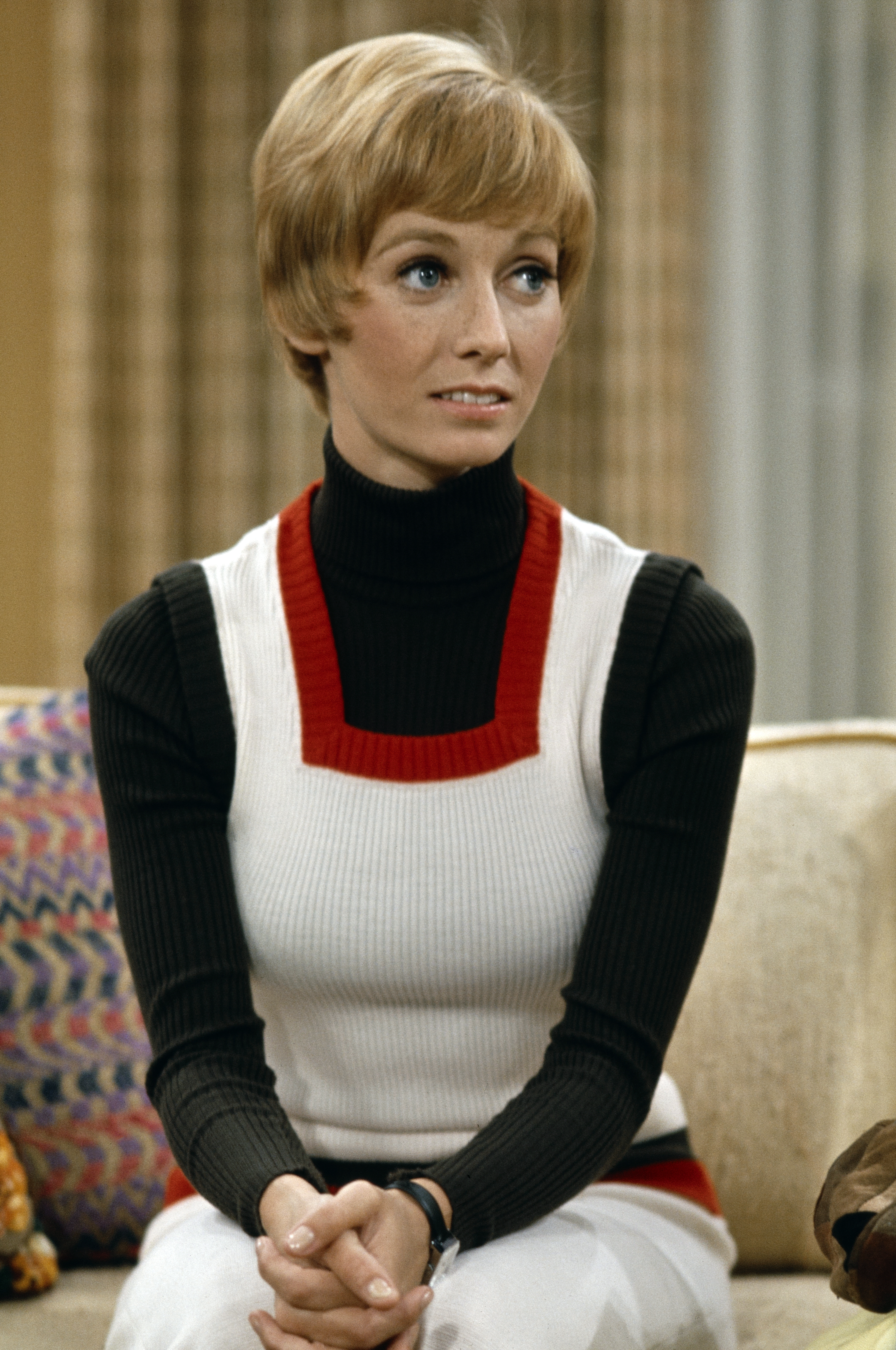
The actress as seen in "The Sandy Duncan Show" in 1972 | Source: Getty Images
"You can see my eye straying in pictures," she said. "I gotta believe that the photographic aspect of it was a hindrance." The physical changes she endured were the result of a serious medical condition that required immediate intervention and left permanent effects.
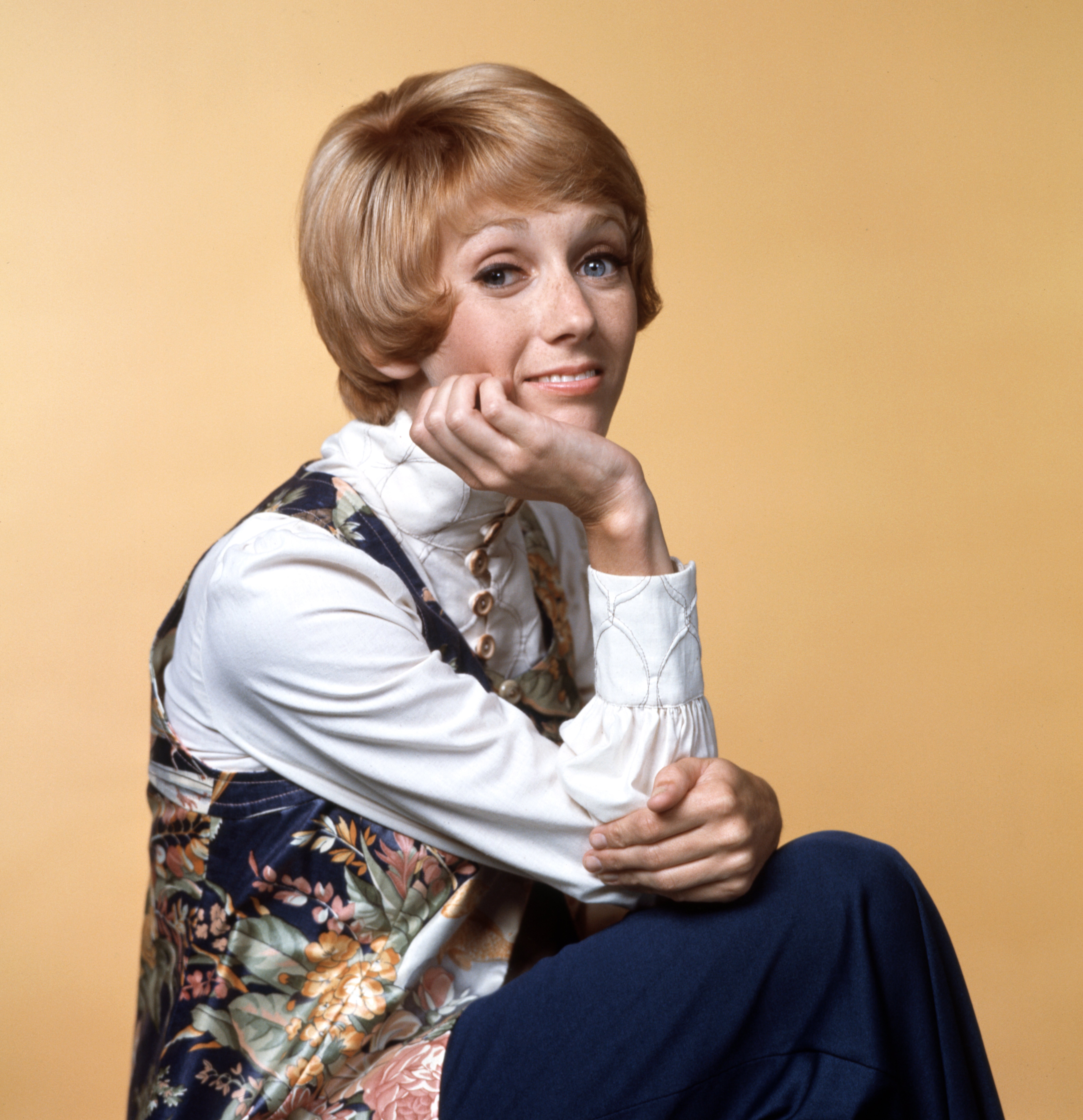
The actress in "The Sandy Duncan Show," dated September 17, 1972 | Source: Getty Images
Understanding the Condition That Changed Her Life
What actress Sandy Duncan experienced was the result of a brain tumor, a mass of abnormal cells that had grown behind her left eye. While her tumor was benign, meaning noncancerous, its location made it dangerous. It pressed directly against her optic nerve, threatening her vision and overall neurological health.
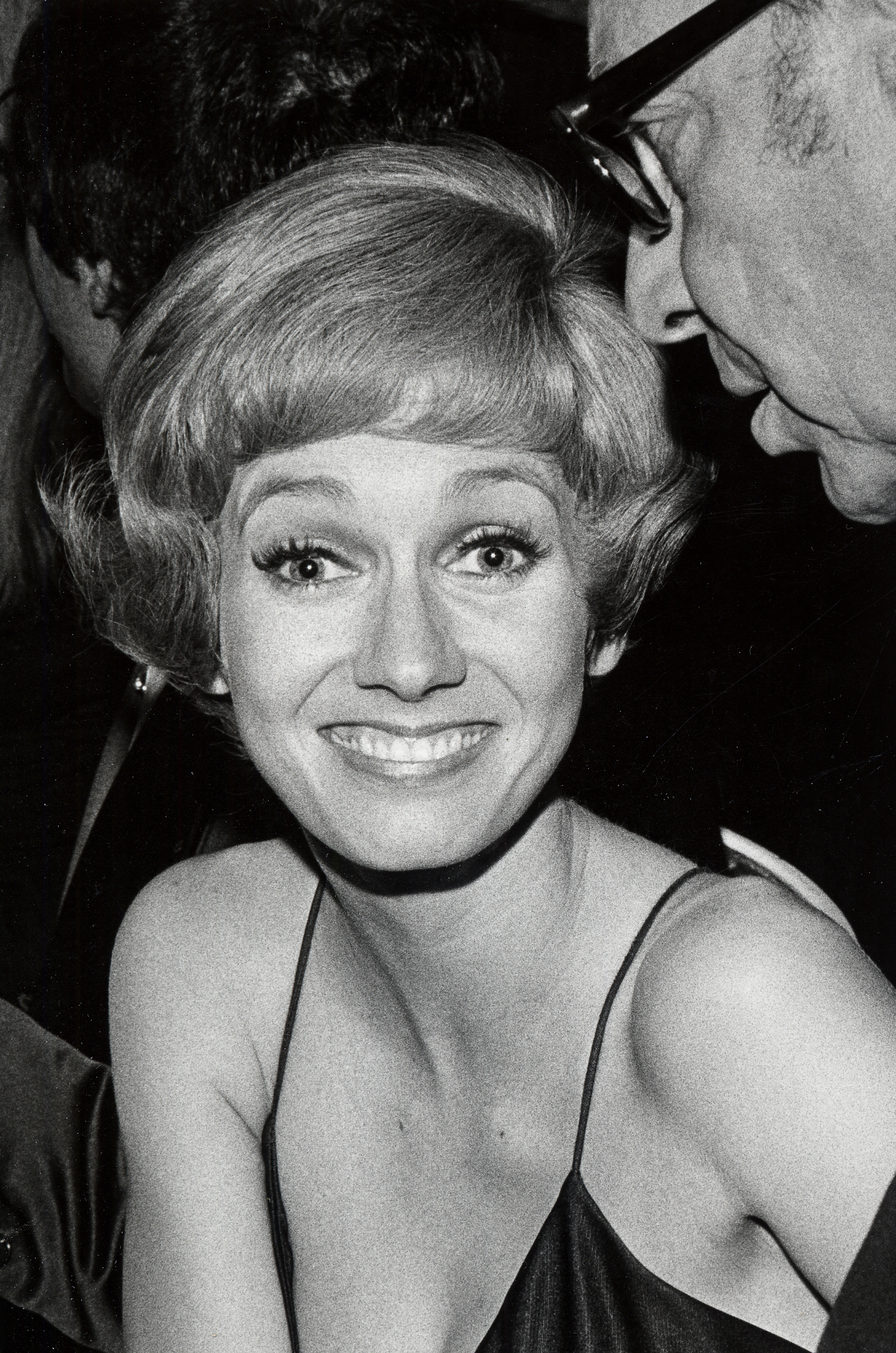
Sandy Duncan attends the "Tony Awards Party" on April 23, 1972 | Source: Getty Images
According to medical experts, brain tumors — whether benign or malignant — can affect brain function if they grow large enough to press on surrounding tissue, blood vessels, or nerves. Duncan's case reflects a broader truth about brain tumors. Even when not cancerous, their effects can be long-lasting.
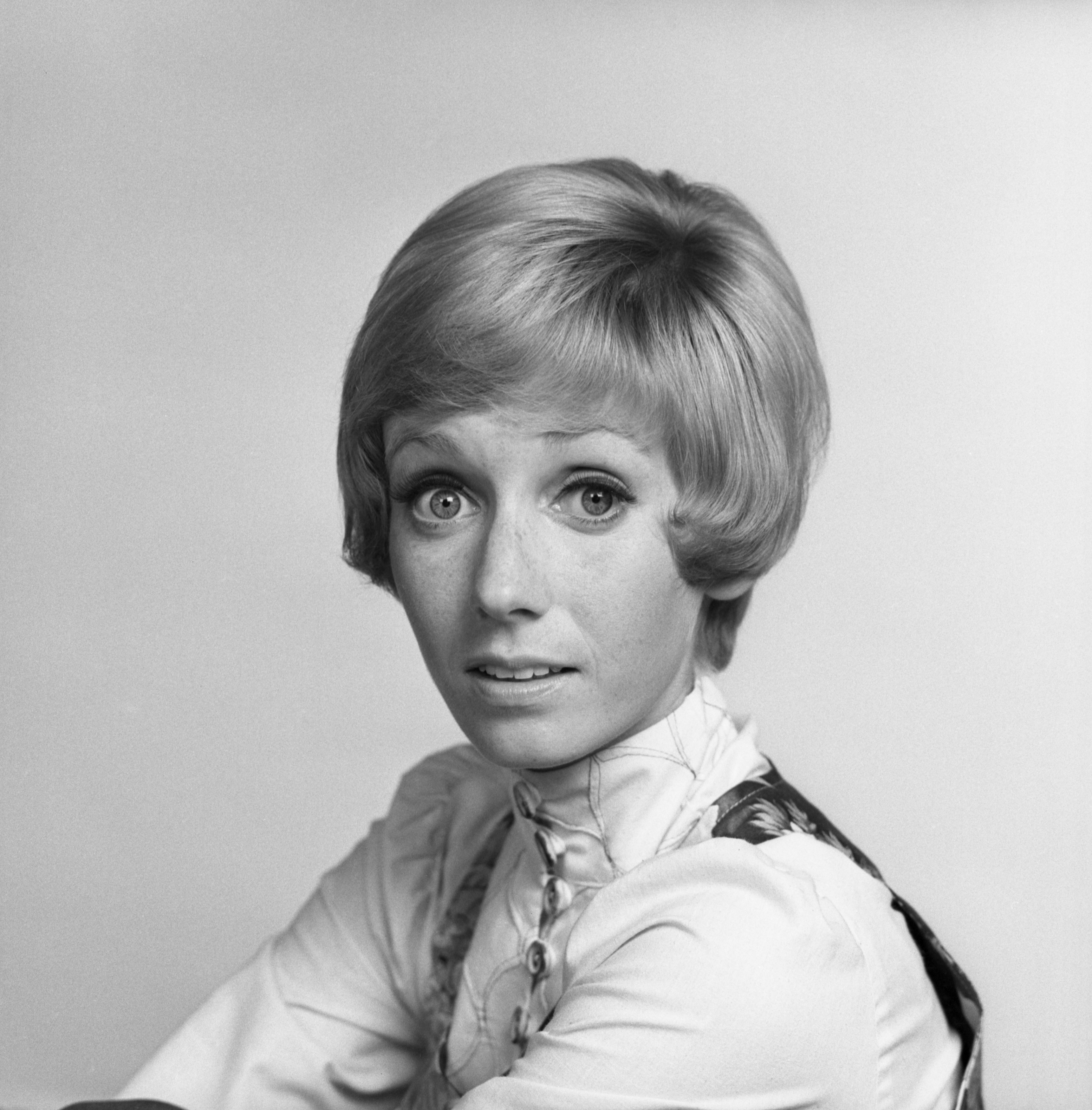
Sandy Duncan as Sandy Stockton in "The Sandy Duncan Show" on July 26, 1972, in Los Angeles, California | Source: Getty Images
Symptoms can vary based on a tumor's size and location, but may include severe headaches, vision problems, dizziness, nausea, personality changes, and difficulty with balance or coordination.
Some people may also experience seizures, facial numbness, or confusion. In some cases, especially with slow-growing tumors, symptoms might not appear until the tumor has grown significantly.

A head MRI showing a large tumor, marked in orange | Source: Getty Images
Primary brain tumors remain relatively rare, with only about five per 100,000 people diagnosed each year in the United States. Among children, approximately 4,100 are diagnosed annually with a brain or central nervous system tumor. While Duncan's diagnosis slowed her momentum, it didn't stop her.
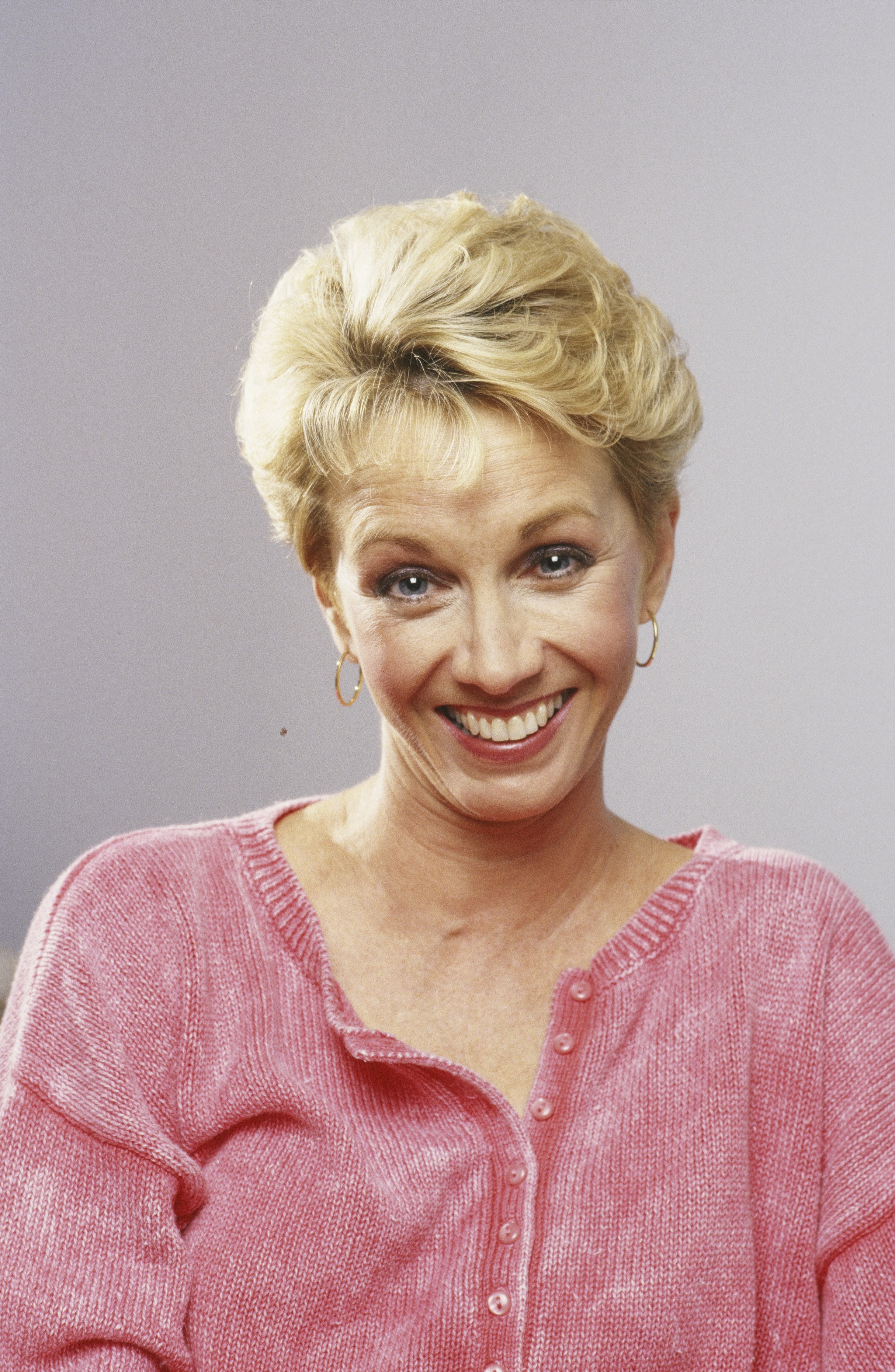
Sandy Duncan during a 1987 photo portrait session in West Hollywood, California | Source: Getty Images
A Soaring Return to the Stage
After a period of recovery and limited screen appearances, Duncan returned to the place where she always felt most at ease: the stage. While television had introduced her to millions, live theater remained her greatest passion.
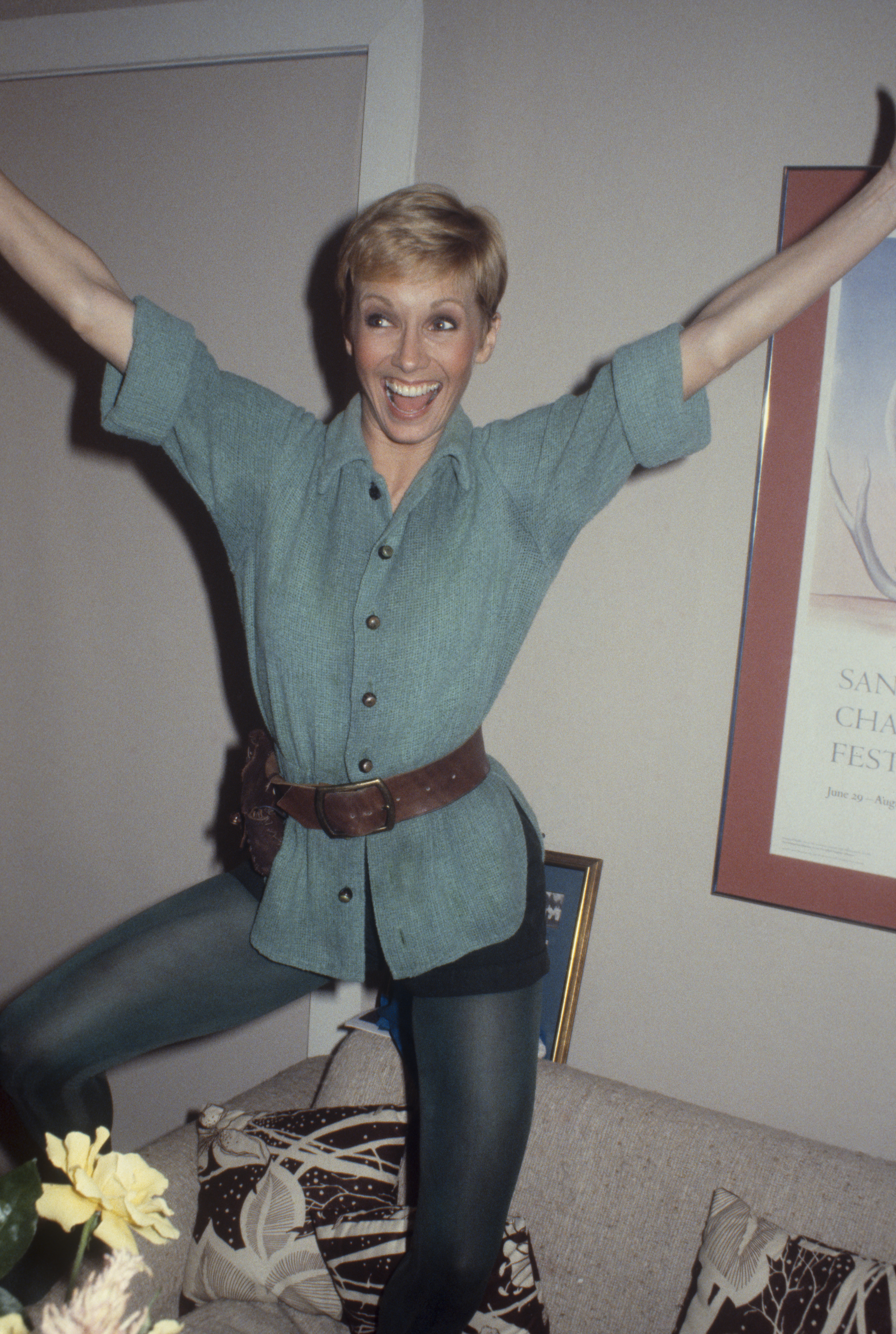
Sandy Duncan pictured as Peter Pan, circa 1970 | Source: Getty Images
Her most iconic role came when she took on the title character in "Peter Pan," a performance that would define the next phase of her career. Duncan's portrayal received wide acclaim, with The New York Times critic Walter Kerr noting how she seemed to defy gravity.
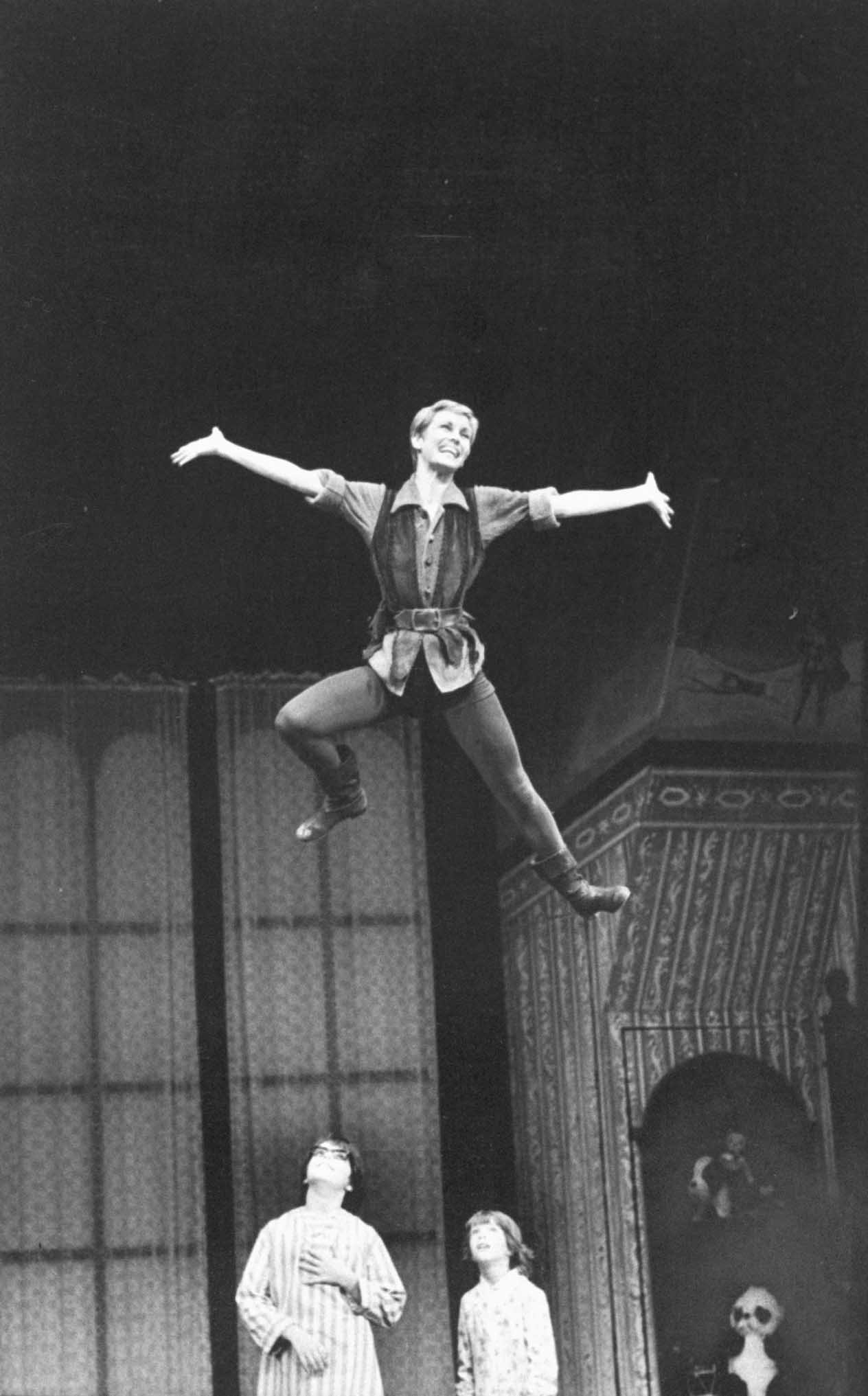
Sandy Duncan flying across stage, with Alex Winter and Jonathan Ward watching, during a performance of "Peter Pan" on Broadway in 1979 | Source: Getty Images
It was a triumph made all the more powerful by what she had endured. Despite the physical challenges that remained, from altered depth perception to fatigue, Duncan commanded the stage with confidence and grace. Her stage presence was undiminished, even if her path to the spotlight had taken an unexpected turn.
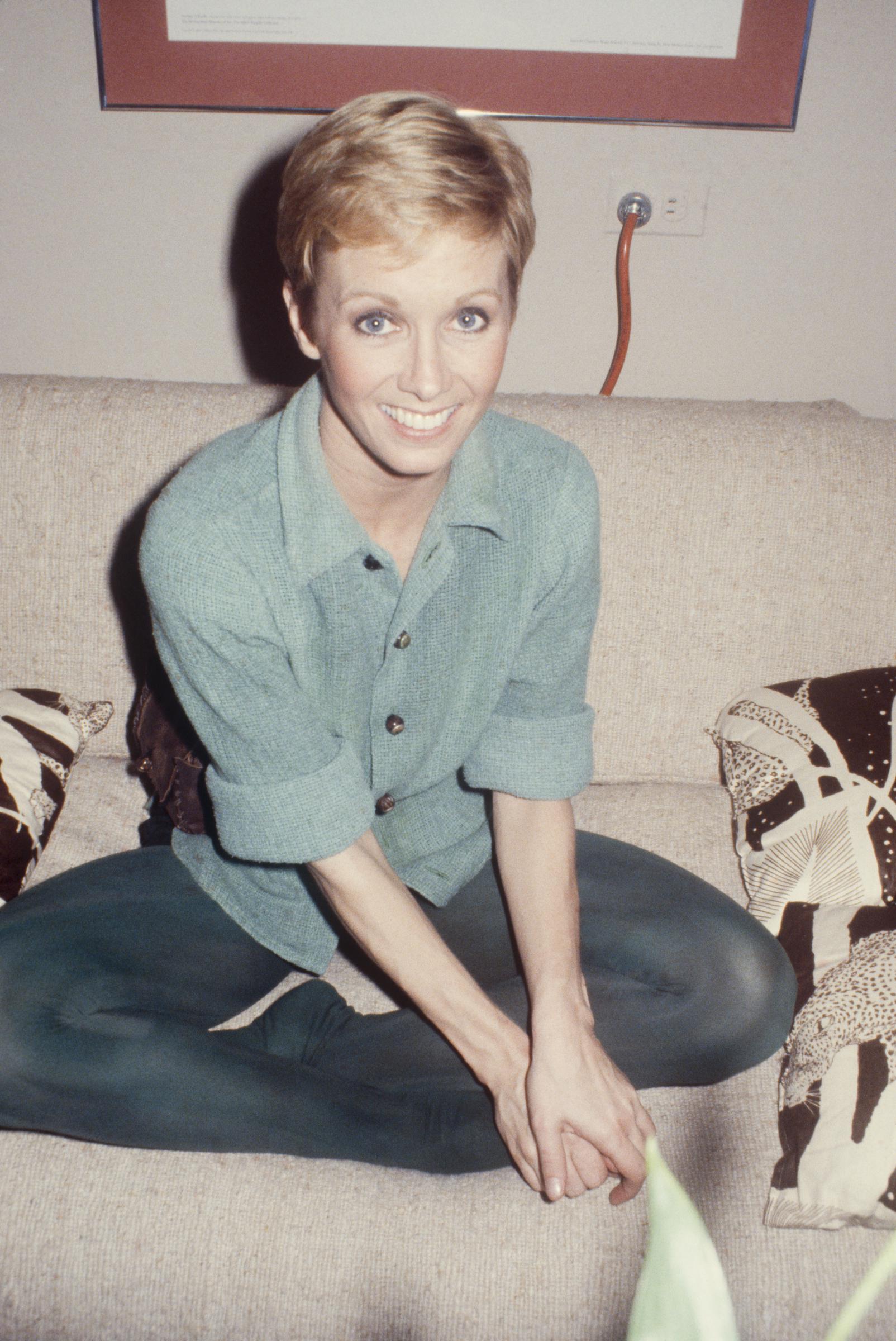
Sandy Duncan dressed as Peter Pan, circa 1970 | Source: Getty Images
Private Struggles Behind the Curtain
Away from the spotlight, Duncan has managed more than just the physical effects of surgery. She has spoken openly about her mental health, describing herself as "a depressive person by nature." While her public image remained upbeat and energetic, she revealed that her private reality was far more complicated.

Sandy Duncan attends the party for "Nothing Like A Dame 2002" | Source: Getty Images
Her husband, dancer and choreographer Don Correia, whom she married in the early 1980s, described her as deeply empathetic — so much so that it sometimes overwhelmed her. "I feel very much who I'm interacting with, and it affects me in a real deep way," Duncan explained. "To the point where it's crippling."
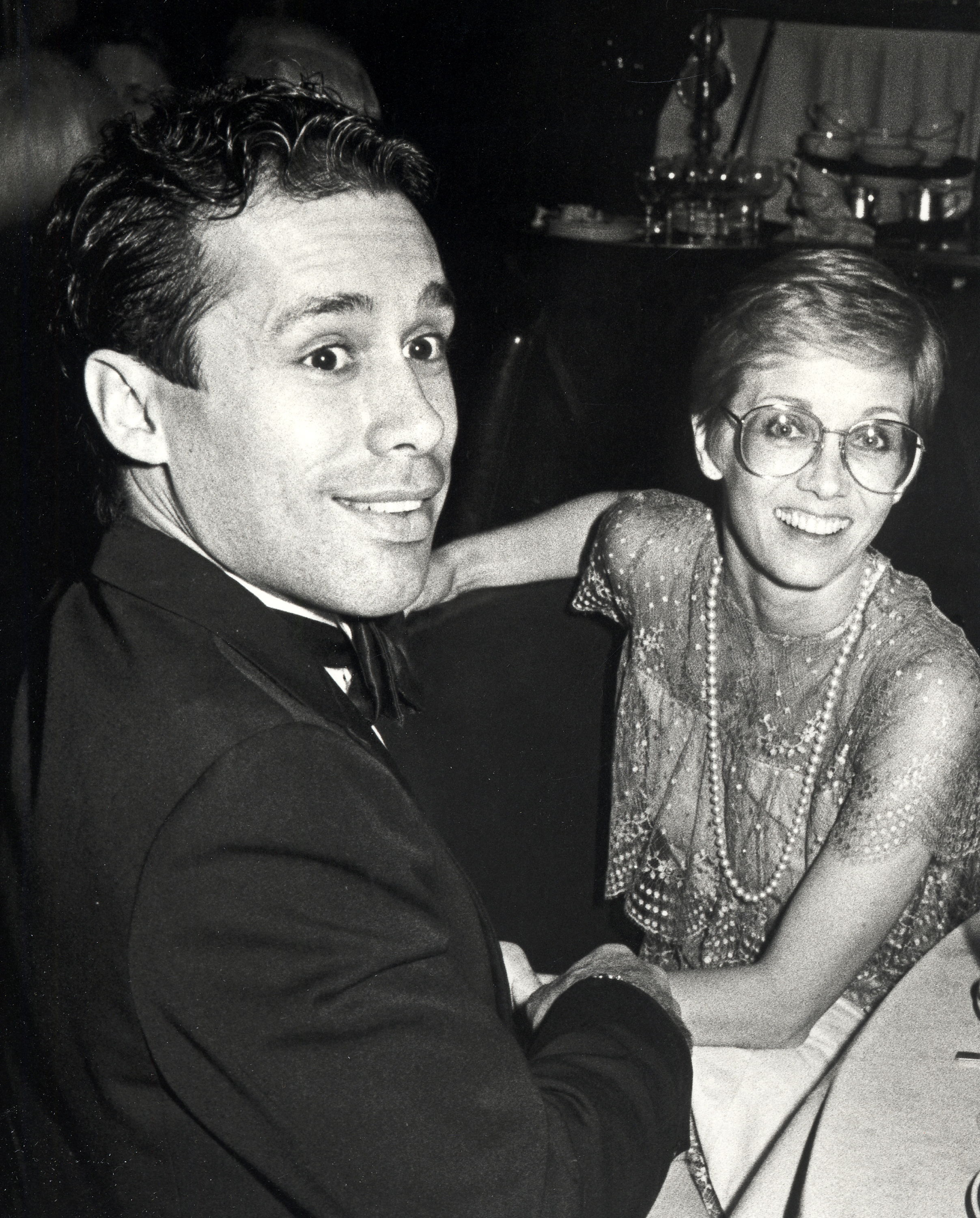
Sandy Duncan and Don Correia during the Third Annual Astaire Awards on October 22, 1984 | Source: Getty Images
She takes medication to manage her depression, but admits she's unsure whether it works. "They say it does," she said. "I just take it and go, 'Well, all right.'" Even with support, there are still days when she struggles to get out of bed.

Sandy Duncan poses at the opening night of "Bob Fosse's "Dancin'" on Broadway on March 19, 2023 | Source: Getty Images
For Duncan, motherhood has been a lifeline. She and Correia raised two sons, Jeffrey and Michael, who are now in their 40s. "They pushed me through a lot of behavior that I would not ordinarily be able to do," she admitted. Having children, she noted, gave her purpose on days when everything felt heavy.
Aging, Humor, and Holding On to Joy
Now in her late 70s, Duncan lives in Connecticut with Correia, her husband of over four decades. Though their days of performing together are mostly behind them, they've kept their shared sense of humor alive.
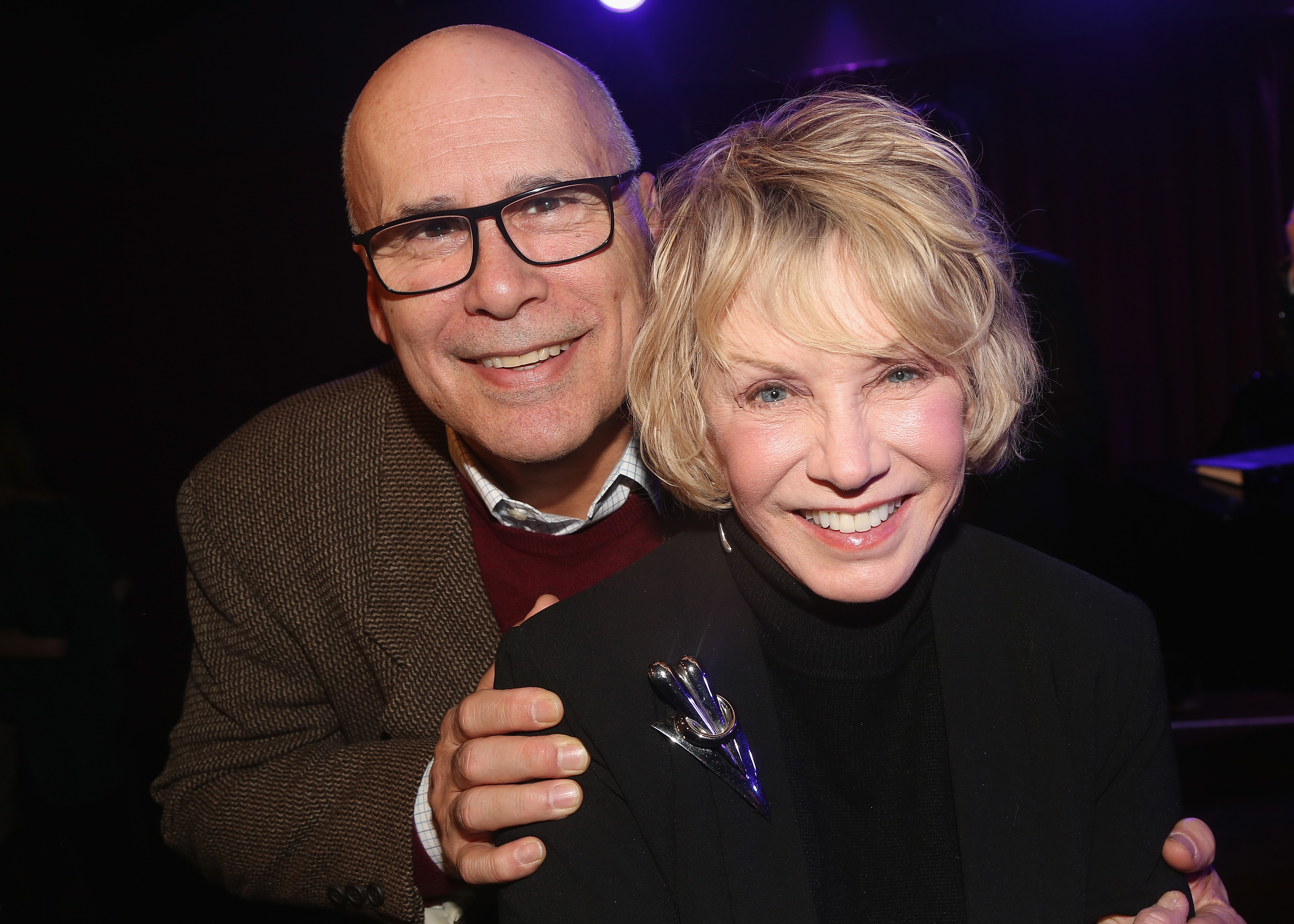
Don Correia and Sandy Duncan pose backstage at "Come Croon With Me," on January 25, 2019 | Source: Getty Images
"We tried to do a jump about two or three weeks ago," Duncan narrated. "Well, it wasn't so easy." Correia added, "It was okay getting up, but then when you land, your whole body just shakes."
Their bond is light-hearted but grounded in resilience. Before they were married, they were dance partners, and even now, their connection remains strong. When asked whether there's still dancing in their home, Correia joked, "I grab her occasionally and she goes, 'Get away from me!'"
Despite the lasting effects of her surgery, Duncan continues to approach life with candor and strength. She no longer auditions, an experience she has always disliked, and laughs at the thought of still being asked to.

Sandy Duncan attends the Theatre World Awards on June 2, 2025 | Source: Getty Images
Though she never returned to television in the way she once had, Duncan's impact remains. Her honesty about physical and emotional health, her dedication to the stage, and her ability to keep moving forward even when the path was uncertain have defined her life far more than any single role.
The information in this article is not intended or implied to be a substitute for professional medical advice, diagnosis or treatment. All content, including text, and images contained on news.AmoMama.com, or available through news.AmoMama.com is for general information purposes only. news.AmoMama.com does not take responsibility for any action taken as a result of reading this article. Before undertaking any course of treatment please consult with your healthcare provider.
